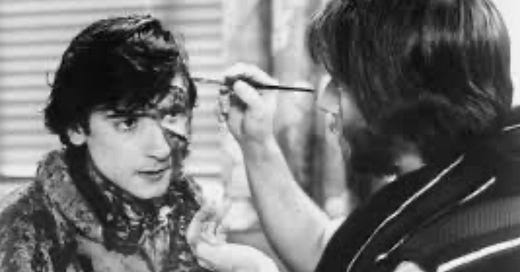American Werewolf In London, Wolf, Wolfen, Wolf Cop, And The Wolf Man
A GAGGLE OF WEREWOLF FILMS
🧜♀️ I started watching Wolfen early this AM, mainly because my dog colonized my side of the bed when I foolishly got up to use the bathroom. Going back to bed was not an option unless I was willing to wake up my wife. I was not.
Grudgingly, …
Keep reading with a 7-day free trial
Subscribe to HOT PLATE! Print Edition to keep reading this post and get 7 days of free access to the full post archives.



